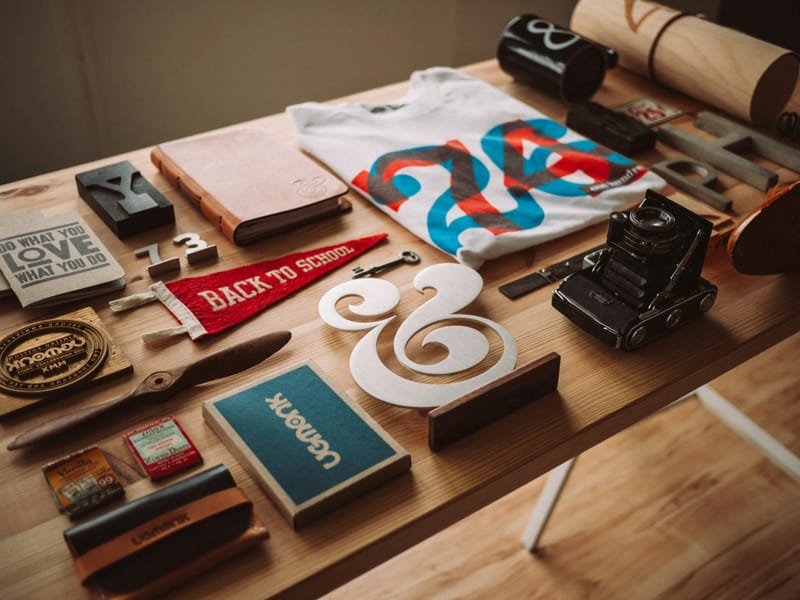The Psychology of Shapes in Web Design
In the world of web design, shapes play a crucial role in influencing user perception and behavior. Understanding the psychology behind different shapes can help designers create more effective and engaging websites. This article explores the emotional associations of various shapes and how they can be strategically used in web design. From the stability of squares to the dynamism of triangles, we'll delve into the subconscious impact shapes have on users. By mastering the art of shape psychology, designers can create visually appealing layouts that guide users, evoke specific emotions, and ultimately enhance the overall user experience. Whether you're a seasoned designer or just starting out, this guide will provide valuable insights into harnessing the power of shapes in your web designs.Table of Contents:

The Power of Circular Shapes
Circles are one of the most versatile and powerful shapes in web design. They evoke a sense of completeness, harmony, and unity. Circles are often associated with positive emotions and can create a feeling of comfort and trust. In web design, circular shapes can be used for various elements such as buttons, icons, or profile pictures.The soft edges of circles make them visually appealing and can help draw attention to important information. They work particularly well for call-to-action buttons, as their shape naturally encourages users to click. Additionally, circles can be used to create a sense of movement and flow on a webpage, guiding the user's eye through the content in a smooth and natural manner.
Do you need a website? Want to build a website but don't know where to start? Our website builder is the perfect solution. Easy to use, and with the ability to customize to fit your business needs, you can have a professional website in no time.
The Stability of Squares and Rectangles
Squares and rectangles are the workhorses of web design, providing structure and stability to layouts. These shapes are associated with order, efficiency, and professionalism. They convey a sense of reliability and trustworthiness, making them ideal for business-oriented websites.In web design, squares and rectangles are commonly used for content containers, navigation menus, and image galleries. Their straight edges and right angles create a sense of organization and help users easily scan and process information. However, overuse of these shapes can lead to a static or boring design. To add visual interest, designers can combine squares and rectangles with other shapes or use them as a foundation for more dynamic elements.
The Dynamic Energy of Triangles
Triangles are powerful shapes that can add a sense of direction and movement to web designs. They are often associated with progress, growth, and action. The sharp angles of triangles create a sense of energy and can be used to draw attention to specific elements on a webpage.In web design, triangles can be utilized in various ways. They work well as directional cues, guiding users through a website's content or directing attention to important information. Triangles can also be used to create a sense of hierarchy, with larger triangles drawing more attention than smaller ones. Additionally, they can add a modern and edgy feel to a design, making them popular for tech-related websites or brands targeting a younger audience.
Building a website with SITE123 is easy
The Organic Appeal of Curved Shapes
Curved shapes, including waves, spirals, and organic forms, can add a sense of fluidity and naturalness to web designs. These shapes are associated with creativity, movement, and growth. They evoke a feeling of comfort and can make a website feel more approachable and user-friendly.In web design, curved shapes can be used to create visual interest and break up the rigidity of straight lines and angles. They work well for background elements, section dividers, or as decorative accents. Curved shapes can also be used to create a sense of flow, guiding users through content in a more natural and intuitive way. When used effectively, these organic forms can add a touch of elegance and sophistication to a design, making it more visually appealing and engaging.
Combining Shapes for Maximum Impact
While understanding the psychology of individual shapes is important, the true power lies in combining different shapes to create a harmonious and effective design. By mixing and matching various shapes, designers can create visual interest, establish hierarchy, and guide user attention.For example, using circular buttons within a rectangular layout can create focal points and encourage user interaction. Combining triangular elements with curved shapes can create a balance between dynamism and fluidity. The key is to use shapes purposefully and in moderation, ensuring that they complement rather than compete with each other. By carefully considering the emotional associations and visual impact of different shape combinations, designers can create layouts that are both aesthetically pleasing and psychologically effective in achieving their design goals.





